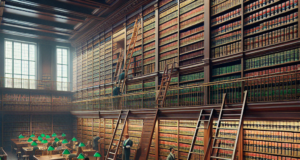What are the Atlanta Child Murders?

What are the Atlanta Child Murders?
The Atlanta Child Murders were a series of murders that took place in Atlanta, Georgia between the spring of 1979 and the summer of 1981 upon the apprehension of suspected murderer Wayne Williams; the Atlanta Child Murders are estimated to have included the murder of 28 victims – 24 of the victims were of African-American descent, while 4 of the victims were reported as being of Caucasian descent. The victims ranged from children to adults. In addition to the estimation of the number of victims being 28, many individuals maintain that the actual victim count exceeded that number. Contact Atlanta lawyers for legal advice and assistance.
Profile of the Atlanta Child Murders
The following outlines the crimes involving the Atlanta Child Murders
Suspect of the Atlanta Child Murders: The suspect apprehended for the Atlanta Child Murders was Wayne Williams, who was 23 at the time of his apprehension; he was referred to as the ‘Atlanta Child Murderer’
Date of Birth: Wayne Williams was born on May 27th, 1958 in Atlanta, Georgia
Residence: At the time of his arrest for the Atlanta Child Murders, Williams lived in the Dixie Hills region of Atlanta, Georgia
Year of First Killing: Edward Smith, a 14 year old of African-American descent, was reported missing on July 21st, 1979; this is considered to be amongst the first of the 28 Atlanta Child Murders – however, Smith’s body was never recovered
Year of Apprehension: June 21st, 1981
Notable Details and Personal Information: The following personal details have been considered to be contributory to the behavior and criminal actions undertaken in conjunction with regard to the Atlanta Child Murders; in addition, these case details were made mention within the criminal trial of the Atlanta Child Murders:
Wayne Williams was apprehended after a Statewide investigation, which employed the bulk of Atlanta law enforcement agents; criminal forensic experts estimated that the killer would begin to dispose of his victims in surrounding bodies of water in order to conceal the evidence of the crimes
Law enforcement agents heard a ‘Splash’ sound while watching the banks of the Chattahoochee River underneath the Cobb Drive Bridge; after identifying the nature of the splash coming from Wayne Williams, they apprehended him under the suspicion of murder
The body of Nathan Carter was found several days later in that area of the Chattahoochee River; Carter was 27 years old and the final victim in the Atlanta Child Murders
Locations of the Murders: Atlanta, Georgia
Victims: There were 28 total victims of the Atlanta Child Murders
Status as a Serial Killer: Wayne Williams is classified as a serial killer due to the fact that the Atlanta Child Murders involved the murder of 3 or more individuals within the duration of a single month in conjunction with a ‘rest’ period – the Atlanta Child Murders resumed after William’s resting period between October 21st, 1979 and March 4th, 1980
Nature of Victims: African-American individuals ranging gender, age, and race
Punishment and Conviction: Wayne Williams was found guilty of only 2 of the Atlanta Child Murders; however, his involvement with the entirety of them was assumed – he was sentenced to 2 terms of life imprisonment in a State Penitentiary in Georgia

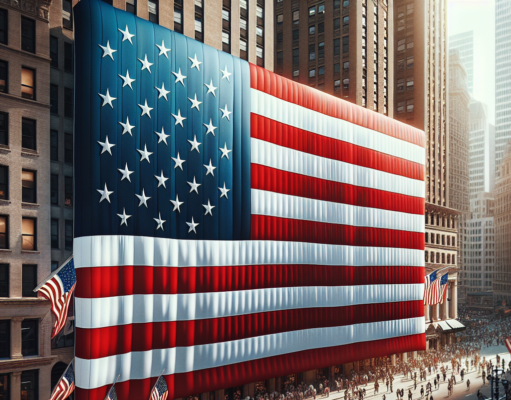

 The Background of Gonzales v. Raich (2005)
The Background of Gonzales v. Raich (2005)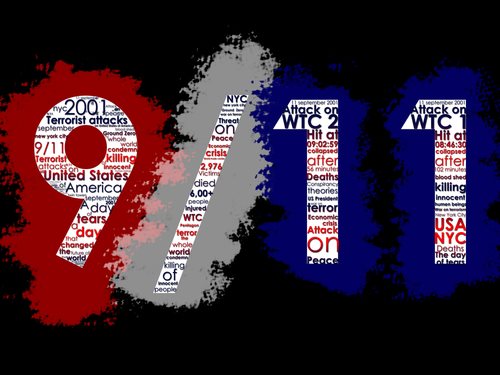
 The Background of Tinker v. Des Moines (1969)
The Background of Tinker v. Des Moines (1969)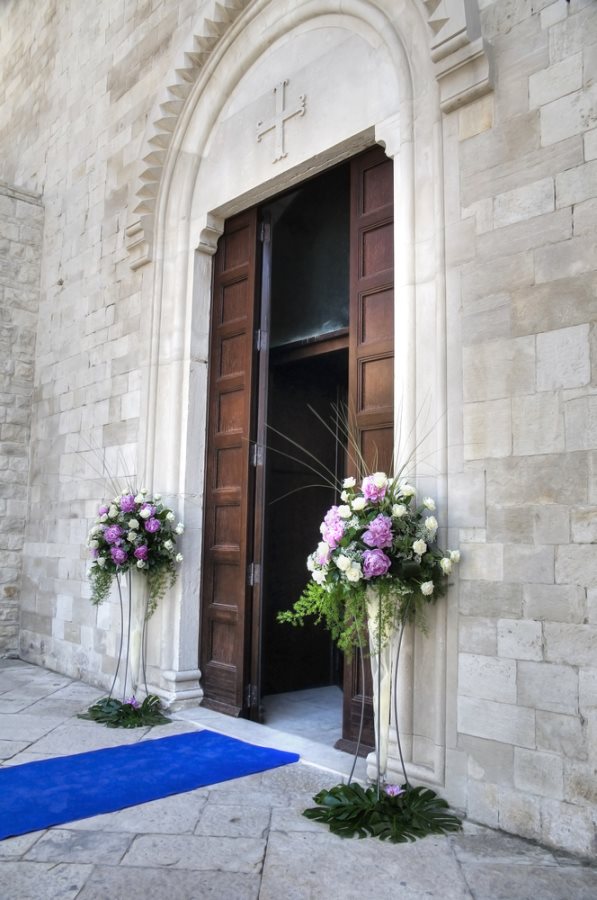
 The Background of Regents of the University of California v. Bakke (1978)
The Background of Regents of the University of California v. Bakke (1978)
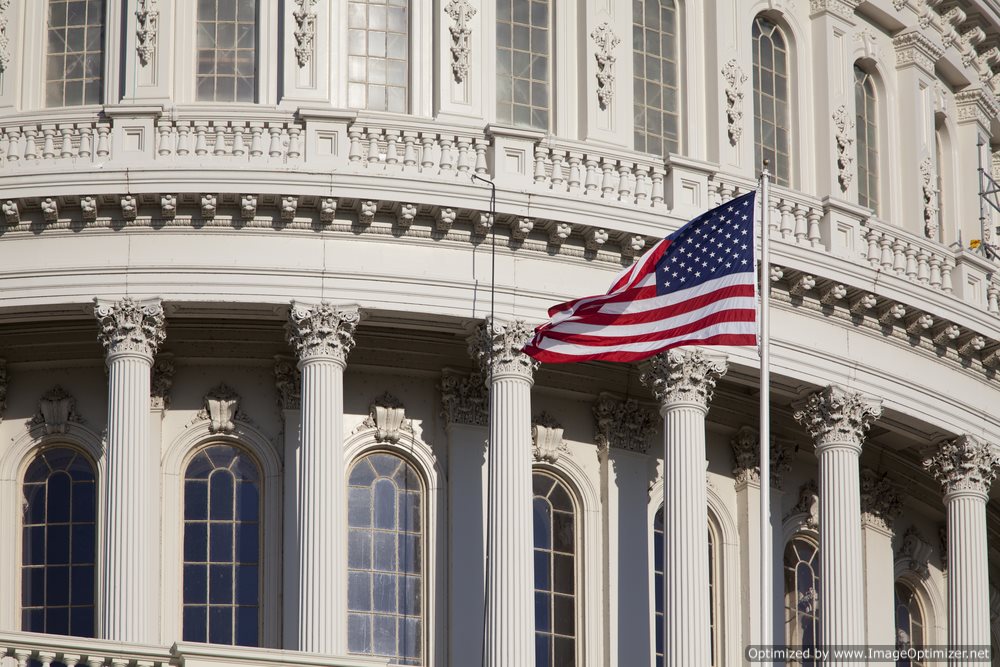 The Background of Roper v. Simmons (2004)
The Background of Roper v. Simmons (2004) The Background of Schenck v. United States (1919)
The Background of Schenck v. United States (1919)












